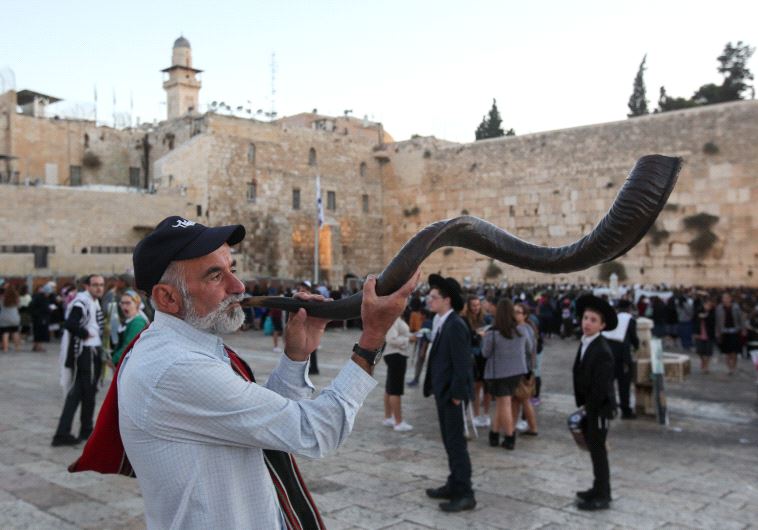Jerusalem Post Editorial: The Kotel’s symbolism
As with any symbol, however, there is an ongoing battle among Jews both in Israel and in the Diaspora over what the Western Wall represents.
 Hoshana Raba, the seventh day of Succot, at the Western Wall in Jerusalem (photo credit: MARC ISRAEL SELLEM/THE JERUSALEM POST)
Hoshana Raba, the seventh day of Succot, at the Western Wall in Jerusalem (photo credit: MARC ISRAEL SELLEM/THE JERUSALEM POST)